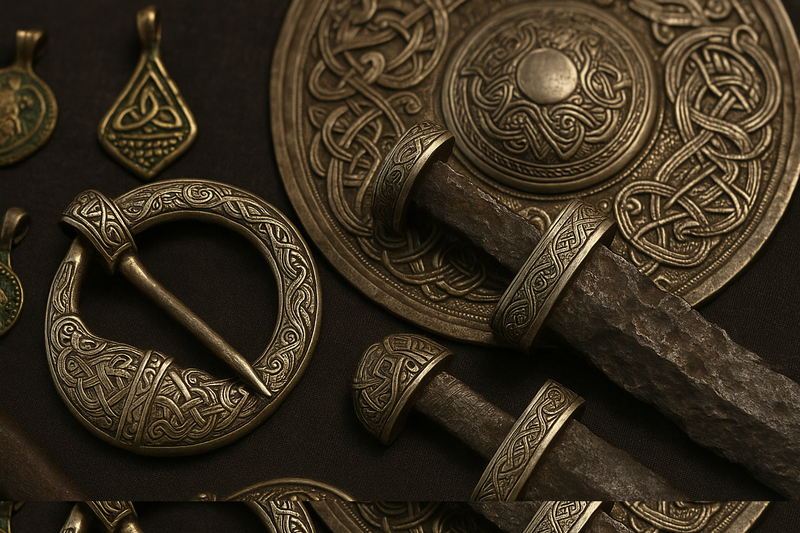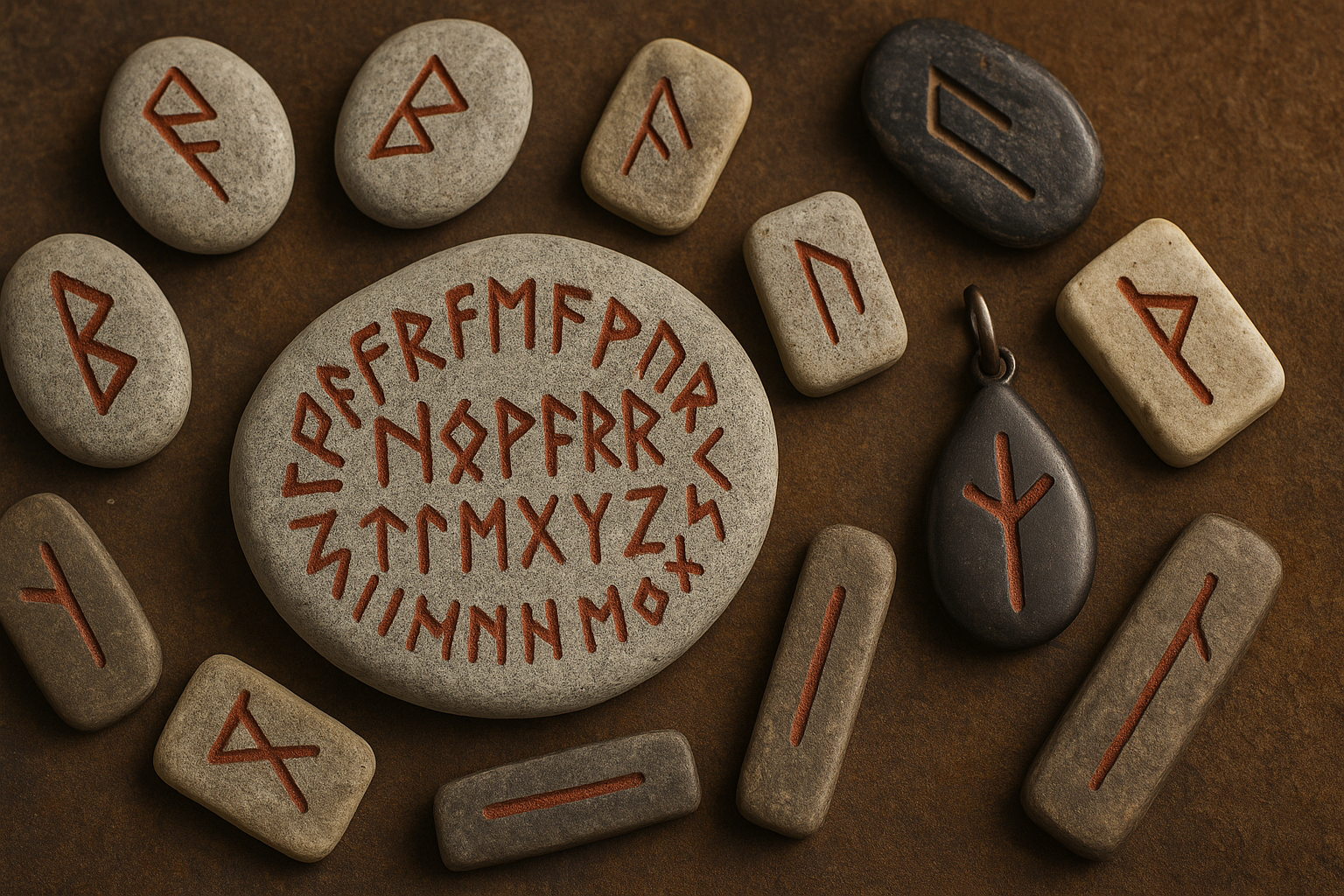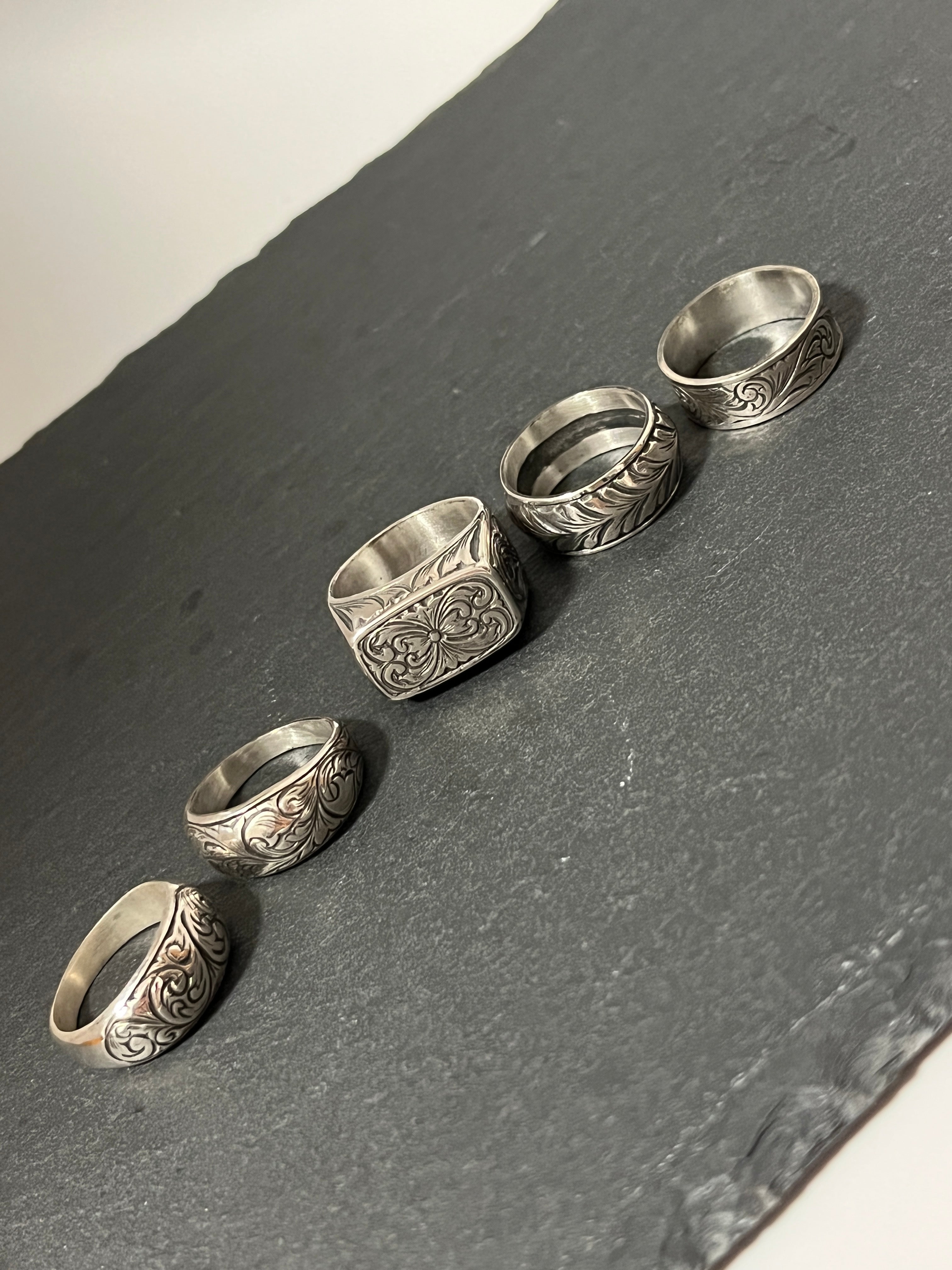

What are runes? The origin, function, and meaning of Nordic runes

Runes are a writing system that originated in the ancient Germanic language world and was used in Nordic society during the Viking Age.
While being phonetic characters, they also sometimes had the character of symbols associated with faith, prayer, and magic.
In this paper, we will organize its lineage, uses, and semantic background from both archaeological sources and traditional traditions.
Runic system and periodization
The runic writing system is divided into three main categories:
-
Elder Futhark
A 24-letter rune system used between the 2nd and 8th centuries AD. It was used throughout the Germanic-speaking world and became the basis for later systems. -
Younger Futhark
A 16-letter rune that was popular in Scandinavia from the Viking to Medieval Nordic periods (approximately the 8th to 12th centuries). It is a simplified version of Elder. -
Anglo-Saxon Futhorc
Used in Britain and the Frisian region, it is an extension of Elder, extending it to a range of 26-33 letters.
By the way, Younger Futhark can be further divided into "Danish long-branch" and "Swedish/Norwegian short-twig".
Furthermore, many of the Nordic inscriptions are stone inscriptions using the Younger Futhark.
Lore and Myth: Odin and the Origin of the Runes
According to Norse mythology, the runes were acquired by the god Odin through knowledge and sacrifice.
It is said that he was hung from the world tree Yggdrasil for nine days, and at the end of his penance he discovered the secret of the runes.
This tradition provides the background for understanding runes as more than just letters; they are "codes imbued with mystical power."
Uses of runes: carving, prayer, magic
Runes were not simply used to represent language; they were also carved into ornaments, weapons, stone monuments, amulets, etc., and may have been used for purposes such as prayer, warding off evil spirits, and divination.
For example, archaeological evidence often reveals examples of runes being engraved on weapons and amulets.
Representative runes and their meanings (examples of traditional interpretations)
Below is an example of a traditional semantic interpretation centered around Elder Futhark.)
| Rune Name | Note duration | Traditional semantic interpretation |
|---|---|---|
| Fehu (ᚠ) | f | Wealth, property, and prosperity (symbolized by livestock):contentReference[oaicite:11]{index=11} |
| Uruz (ᚢ) | u | Strength, wildness, endurance (symbolized by the cattle of Ur/wild bulls):contentReference[oaicite:12]{index=12} |
| Ansuz (ᚨ / ᚬ etc.) | a / ą | Guidance, words, and wisdom of the gods (example of connection with Odin):contentReference[oaicite:13]{index=13} |
| Tiwaz (ᛏ) | t | Justice, war, sacrifice (inspired by association with the god Tyr):contentReference[oaicite:14]{index=14} |
| Laguz (ᛚ) | l | Symbolism of water, flow, sensation, and emotion (fluidity and intuition) |
These meanings are symbolic interpretations that ancient people gave to these objects through their interactions with nature, faith, and society.
When interpreting runic inscriptions, it is essential to consider the location, juxtapositional motifs, and context.
summary
Runes are not simply ancient characters, but a symbolic system that contained faith, symbolism, and prayer in the Nordic world.
It is possible that it has evolved through three major lineages: Elder Futhark, Younger Futhark, and Anglo-Saxon Futhark, and has been used for inscriptions, prayers, and magical purposes.
However, to interpret their meaning, careful consideration must be given to the position, motif, and context of the inscriptions.
Understanding runes may be one of the keys to understanding the worldview of the ancient Nordic people.



